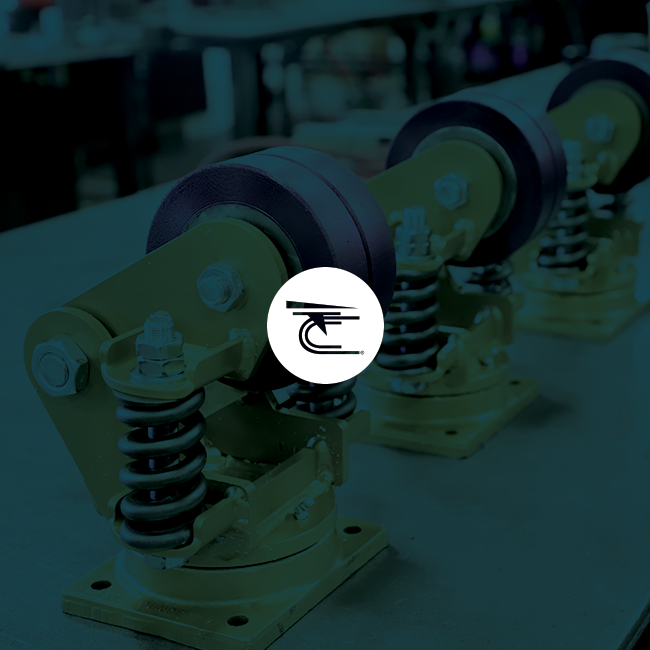

This is the second part on how to identify and solve ergonomic issues in the field. We will talk about caster rigs (or forks and swivel sections as they are also called). I will share with you what I look for in solving push/pull issues in the manufacturing environment?? It is important when making proper application decisions to understand the underlying “forces” that impact caster functionality. At Caster Concepts and in my experience the most challenging push/pull issues arise on carts with capacities of 1000-2000 pounds. Carts of this size and capacity are found in a variety of manufacturing settings and are most prevalent in automobile assembly facilities.
Let me first summarize the three types of swivel sections.
Now that we have discussed the types of swivel sections, let’s talk about a couple common application errors I see in the field.